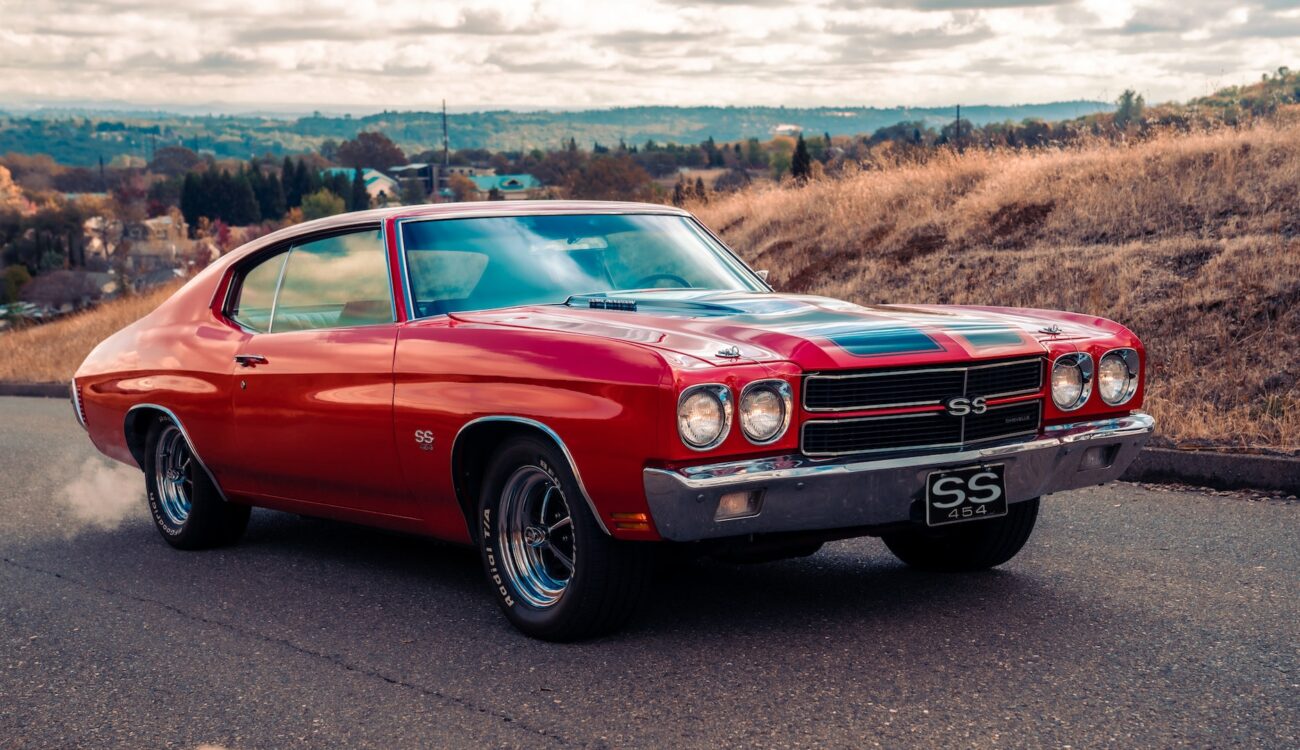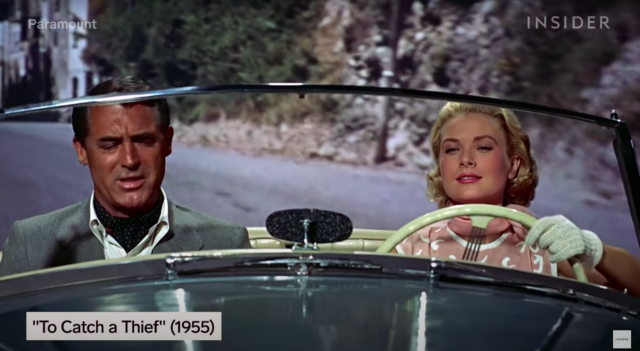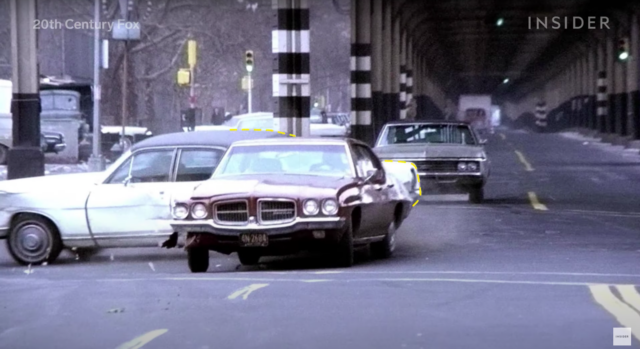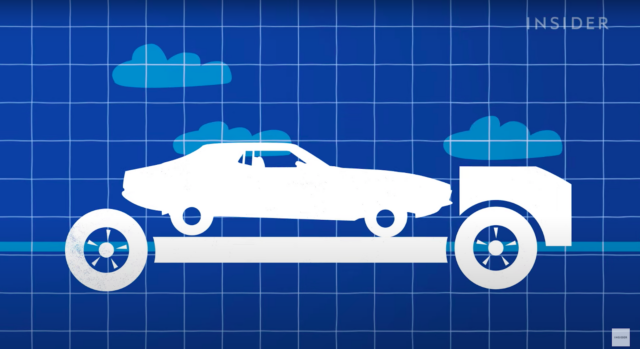
From Bullitt to Baby Driver, Hollywood’s car chases have certainly evolved over the past 100 years. Here to tell us more is the team behind Insider, who explored the art of the chase in their latest 10-minute YouTube video.
Let’s take a look at the video and its main talking points below:
1924 – Sherlock Jr.
Hollywood has developed many ways to make car chase scenes more visceral to audiences, from modifying cars to placing cameras right in the seat of the action. In a chase scene on 1924’s Sherlock Jr., however, it was a simple trick that created an epic effect.
In this scene, director and star Buster Keaton seems to almost get hit by a train. To create this illusion without modern VFX, filmmakers simply shot the sequence with the train backing away from the road crossing – then reversed the film so it looked like it was coming right at Keaton.
Alex Buono's Visual Storytelling 2
1968 – Bullitt
For this Steve McQueen movie, filmmakers were able to use smaller, lighter, more durable cameras like the Arriflex 35mm.
Using the Arriflex meant Bullitt could be shot on location in real streets rather than on studio sets. It also meant audiences could be taken inside the car for the first time, as cameras could be mounted on the hood and sides of each vehicle.

1971 – The French Connection
For this film, angles from mounted cameras were combined with handheld camerawork from the seat of the car to show action from the driver’s perspective.
A technique known as undercranking – or shooting at a lower framerate – was also used so drivers could go slower, while still appearing fast in the final film.
Despite those slower speeds, there was a crash involving a civilian in a white Ford that was entirely unplanned on this film!
Turns out, The French Connection was shot on uncleared streets in New York among other drivers and pedestrians. (Cities today are far more restrictive on filming chase sequences in their streets. The Fast and the Furious Tokyo Drift, for example, was mostly filmed in LA and the VFX team then recreated a CG Tokyo.)

1998 – Ronin
The Paris chase scene in this thriller involved Robert DeNiro’s Peugeot pursuing a BMW. Rather than use undercranking, a stunt driver drove at fast speeds through the city.
To make it look like the actor was the one driving the car, filmmakers used right-hand drive cars with fake left-hand side steering wheels.
That meant DeNiro could pretend to drive for the close-up, while the stunt driver to his right did the driving out of shot. It was a brilliant solution, but having the stunt driver in the other seat limited the angles that could be captured.
2003 – Seabiscuit
Though this film contains no car chases, it solved Ronin’s cinematography problem. The Seabiscuit team built a rig for filming horse races that eventually evolved into a smaller, more versatile design specifically for filming car chases: The Biscuit.

The Biscuit is essentially a vehicle you can put other vehicles on top of. The rig makes it look like the actor is doing the driving, while a stunt person actually drives. This means filmmakers can get any angle they want.
2020 – Extraction
This movie has a 12-minute chase sequence that director Sam Hargrave wanted to shoot as one continuous take. To do this, he strapped himself with his camera to the hood of the chase vehicle.
From there, he could follow the action from behind, unclip himself and then follow the action into the car for a seamless outside/inside shot.
Feature Image: Meritt Thomas on Unsplash
What film do you think has the best car chase scenes? Let us know in the comments section below.




























